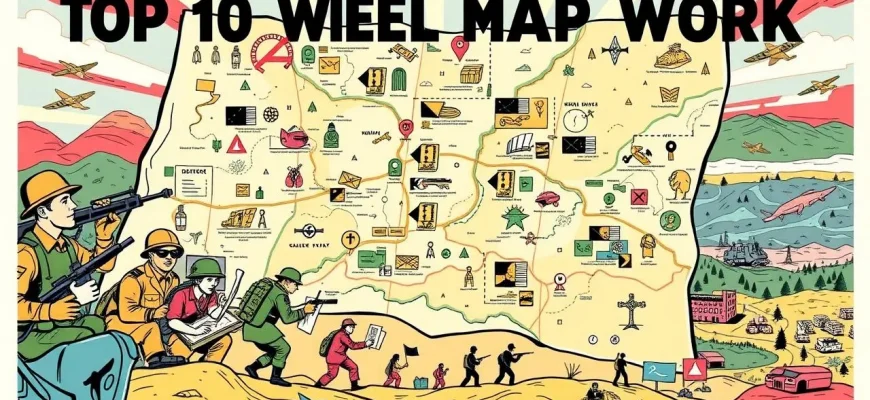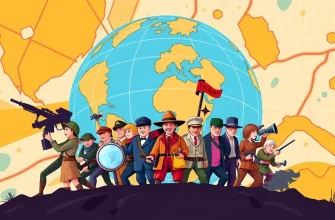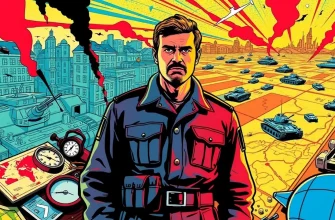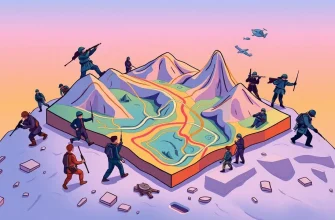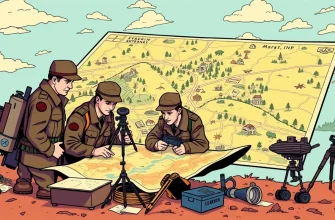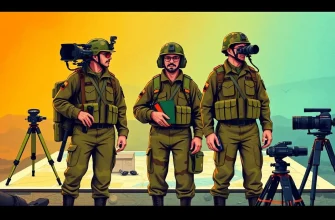This curated selection of war films delves into the critical role that map work plays in military strategy and operations. From historical epics to modern thrillers, these films highlight the meticulous planning, intelligence gathering, and navigation skills that can turn the tide of war. Whether it's plotting escape routes, planning invasions, or deciphering enemy movements, these movies offer a fascinating look at how maps and cartography have shaped military history and continue to be vital in contemporary conflicts.
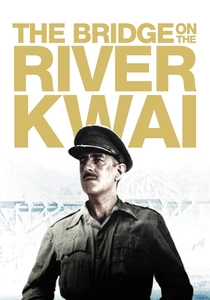
The Bridge on the River Kwai (1957)
Description: While not directly about map work, the film features scenes where maps are used to plan sabotage and escape routes from the Japanese POW camp.
Fact: The film was shot on location in Sri Lanka, and the bridge was actually built for the movie.
 Watch Now
Watch Now

The Guns of Navarone (1961)
Description: The mission to destroy the German guns on Navarone involves detailed map work to navigate the island and avoid detection.
Fact: The film was based on a novel by Alistair MacLean, who also wrote the screenplay.
 Watch Now
Watch Now

The Longest Day (1962)
Description: This epic recounting of D-Day includes scenes where Allied forces meticulously plan their invasion using maps to coordinate the largest amphibious assault in history.
Fact: The film was shot in black and white to give it a documentary feel, and it features an international cast speaking in their native languages.
 Watch Now
Watch Now

The Great Escape (1963)
Description: The prisoners of war use maps to plan their escape from a German camp, showcasing the importance of accurate navigation in their elaborate scheme.
Fact: The film is based on a true story, and the escape tunnel was named "Harry" after one of the characters.
 Watch Now
Watch Now
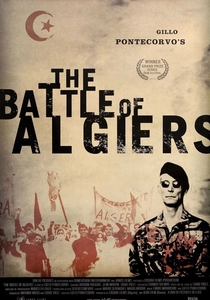
The Battle of Algiers (1966)
Description: Although not a traditional war film, it shows the use of maps by both the French military and the Algerian resistance to plan their urban warfare strategies.
Fact: The film was banned in France for five years due to its portrayal of the Algerian War.
 Watch Now
Watch Now
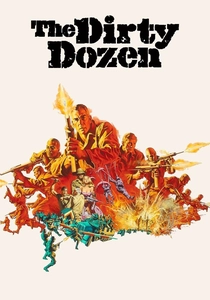
The Dirty Dozen (1967)
Description: The planning of the mission to assassinate German officers involves detailed map work to infiltrate a chateau.
Fact: The film was controversial for its portrayal of American soldiers committing war crimes.
 Watch Now
Watch Now
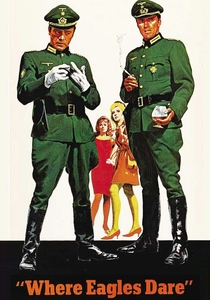
Where Eagles Dare (1968)
Description: This WWII thriller features a team using maps to navigate through the Bavarian Alps to rescue a general, highlighting the importance of terrain knowledge.
Fact: The film's screenplay was written by Alistair MacLean, who also wrote the novel based on the screenplay.
 Watch Now
Watch Now
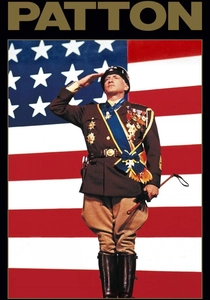
Patton (1970)
Description: General Patton's strategic genius is showcased through his use of maps to plan his military campaigns, particularly during the Battle of the Bulge.
Fact: George C. Scott's portrayal of Patton won him an Academy Award, but he famously refused to accept it.
 Watch Now
Watch Now
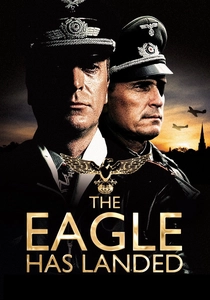
The Eagle Has Landed (1976)
Description: German commandos use maps to plan their daring mission to kidnap Winston Churchill, showcasing the importance of detailed reconnaissance.
Fact: Michael Caine, who stars in the film, was initially offered the role of the German officer but chose to play the British officer instead.
 Watch Now
Watch Now
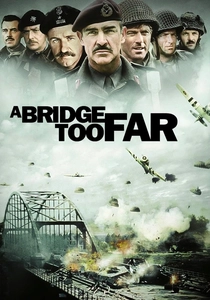
A Bridge Too Far (1977)
Description: This film about Operation Market Garden features extensive use of maps to plan the airborne assault, highlighting the logistical challenges faced by the Allies.
Fact: The film was one of the most expensive ever made at the time, with a budget of $25 million.
 Watch Now
Watch Now

